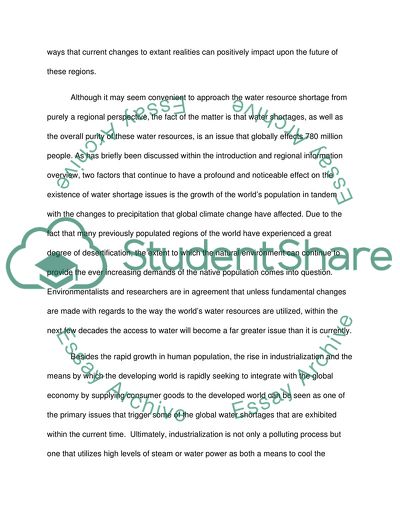Cite this document
(Water: Environmental Crisis and Core Resource Term Paper - 17, n.d.)
Water: Environmental Crisis and Core Resource Term Paper - 17. https://studentshare.org/environmental-studies/1830847-research-paper
Water: Environmental Crisis and Core Resource Term Paper - 17. https://studentshare.org/environmental-studies/1830847-research-paper
(Water: Environmental Crisis and Core Resource Term Paper - 17)
Water: Environmental Crisis and Core Resource Term Paper - 17. https://studentshare.org/environmental-studies/1830847-research-paper.
Water: Environmental Crisis and Core Resource Term Paper - 17. https://studentshare.org/environmental-studies/1830847-research-paper.
“Water: Environmental Crisis and Core Resource Term Paper - 17”. https://studentshare.org/environmental-studies/1830847-research-paper.


